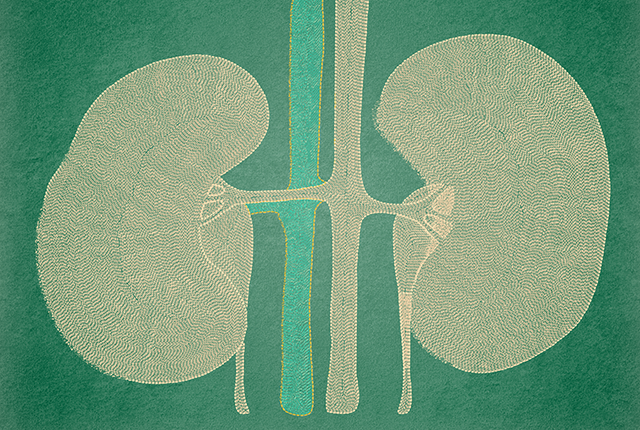Fitness
Study crystallizes distinct kidney benefits of common drug – UW Medicine | Newsroom

In May, researchers announced the landmark finding that semaglutide, the compound in the common diabetes and weight-loss drugs Ozempic and Wegovy, also effectively reduced risks of kidney and heart complications and death in people with chronic kidney disease and type 2 diabetes.
It was “the biggest win yet of a completed trial for kidney disease,” said study coauthor Dr. Katherine Tuttle. She is a clinical professor of nephrology at the University of Washington School of Medicine and research director at Providence Inland Northwest Health in Spokane.
Today, Tuttle and her colleagues published a related finding that shows semaglutide’s benefit is distinct from that of another class of drugs shown to be highly kidney-protective, sodium-glucose transport protein 2 (SGLT2) inhibitors, including the medications Jardiance, Farxiga and Invokana.
The researchers’ work appears June 24 in Nature Medicine. Tuttle is senior author of the paper and Dr. Johannes Mann, professor of medicine at University of Erlangen-Nürnberg, is first author.
“We knew we’d get the question, ‘What if patients (getting semaglutide) were already taking an SGLT2 inhibitor?’ Did semaglutide still provide benefit?” Tuttle said.
The FLOW study, an international trial of several thousand patients with kidney disease and type 2 diabetes, started in 2019, but the guideline-based recommendation for SGLT2 inhibitors as kidney-disease therapy did not emerge until 2022. Some study participants, however, were taking SGLT2 inhibitors at the study’s outset and others started taking those medications during the trial.
So the investigators examined those patients’ outcomes against those of patients who did not take SGLT2 inhibitors.
“What we found is that semaglutide’s benefit was comparable with or without SGLT2 inhibitors,” Tuttle said. “This is important because if the people on SGLT2 inhibitors did not respond similarly, then there may not be a rationale to add semaglutide. What we saw suggests semaglutide is not a redundant therapy.”
The scientists identified 550 trial participants who took SGLT2 inhibitors and who were randomized to receive weekly injections of semaglutide (277) or a placebo (273). The primary outcome was a composite measure of kidney failure, a 50% or greater loss of kidney function, and death from kidney or cardiovascular causes.
The primary outcome occurred in 41 patients (14.8%) who took SGLT2 inhibitors and in 38 (13.9%) of patients who took no SGLT2 inhibitors. In secondary measures, semaglutide’s benefits on major cardiovascular events and all-cause death, and in reducing kidney outcomes and functional decline, were similar regardless of SGLT2 inhibitor use.
In explaining the significance of the findings, Tuttle said, “We now have four pillars of therapy, and the future is likely about combining therapies, analogous to how complementary types of cancer therapies are combined.
She identified the therapy pillars for chronic kidney disease and type 2 diabetes as:
The first two drug classes above lower blood glucose, and the second two classes lower blood pressure, Tuttle said. They each have distinct effects to protect kidneys beyond glucose- or blood-pressure lowering, and may be complementary, the authors wrote.
Novo Nordisk funded this study, and was also involved in designing and conducting the study and analyzing the data.










